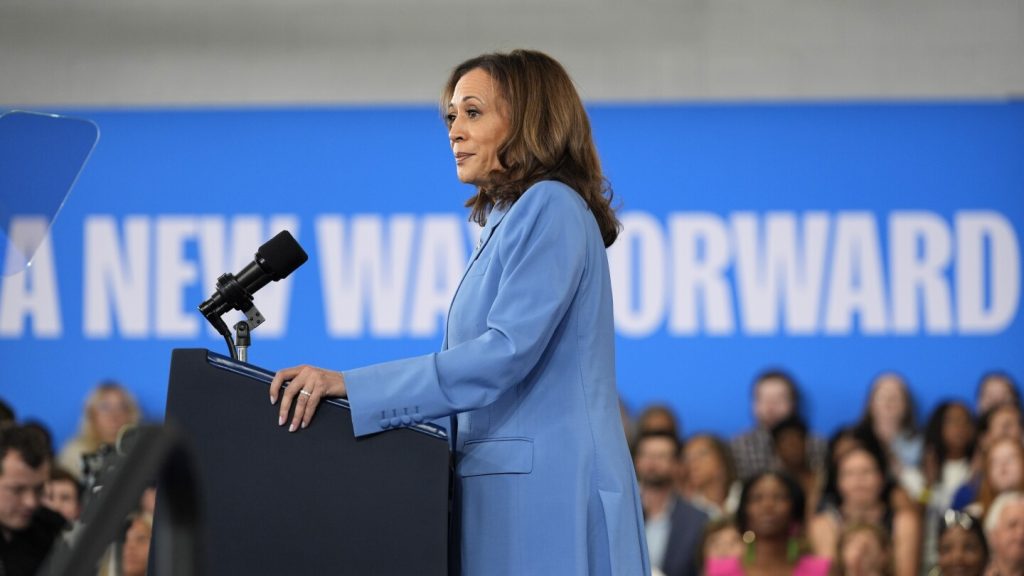This article discusses Vice President Kamala Harris’ campaign reserving $370 million in advertising between Labor Day and Election Day. The fall advertising push will include $170 million in TV reservations over nine weeks in battleground states, as well as over $200 million in digital reservations on platforms like Hulu, Roku, and YouTube. This does not include spending on social media or search services. Former President Donald Trump’s campaign has only reserved advertising time after Labor Day in Pennsylvania and Georgia, according to AdImpact data. The Harris-Walz campaign plans to strategically place TV ads during high-viewership moments and also include daytime reservations on Fox News Channel.
Ad reservations allow candidates to lock in rates before they increase closer to the election date. This move by the Harris-Walz campaign demonstrates a strategic approach to reaching a wide audience, including independent conservatives who may have supported Nikki Haley over Trump in the past. By reserving significant advertising time on both TV and digital platforms, the campaign aims to effectively communicate its message and connect with voters during key moments leading up to the election. This substantial investment in advertising reflects the importance of reaching voters through multiple channels in order to make a lasting impact. The Harris-Walz campaign’s focus on reaching a diverse audience and strategically placing ads indicates a strong commitment to engaging with voters across a variety of platforms.
By reserving a large amount of advertising time well in advance, the Harris-Walz campaign has shown a dedication to utilizing different mediums to reach voters effectively. The strategic placement of TV ads during high-viewership moments and on conservative-leaning platforms like Fox News Channel demonstrates a thoughtful approach to targeting key demographics. This significant investment in advertising highlights the campaign’s commitment to making a lasting impression on voters and conveying its message in a compelling way. As the election approaches, the Harris-Walz campaign’s advertising strategy will be crucial in reaching a wide audience and effectively communicating its platform and priorities.
In contrast, the Trump campaign’s more limited advertising reservations in only two battleground states suggest a different approach to reaching voters. By focusing primarily on Pennsylvania and Georgia, the Trump campaign may be targeting specific key states rather than a broader national audience. The Harris-Walz campaign’s decision to reserve advertising time in multiple states and on various platforms indicates a more expansive strategy aimed at reaching a diverse range of voters. Overall, the significant investment in advertising by the Harris-Walz campaign signals a strong commitment to engaging with voters through a multifaceted approach that includes TV, digital, and conservative-leaning platforms. As the election season progresses, the effectiveness of this advertising strategy in reaching and resonating with voters will be closely watched.


